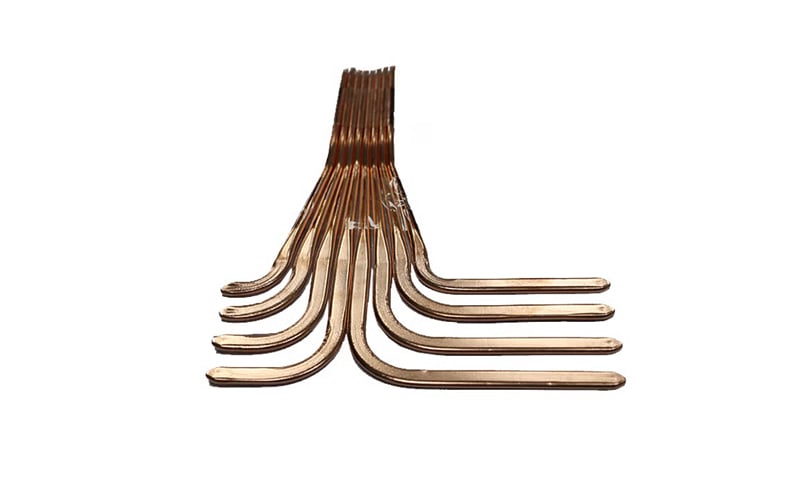Introduction to Pulsating Heat Pipes
Pulsating Heat Pipes, also known as PHPs, are innovative heat transfer devices that have gained popularity in the field of thermal management due to their high efficiency and ability to handle high heat fluxes. They consist of a closed-loop system filled with a working fluid that oscillates between liquid and vapor phases, allowing for rapid heat transfer.
Working Principle of Pulsating Heat Pipes
The operation of Pulsating Heat Pipes is based on the capillary action and phase change of the working fluid. When heat is applied to one end of the pipe, the fluid evaporates and forms vapor bubbles that move towards the colder end, where they condense back into liquid. This continuous phase change process results in pulsating motion, hence the name Pulsating Heat Pipes.
High Heat Flux Capability
One of the main advantages of Pulsating Heat Pipes is their ability to handle high heat fluxes, making them ideal for cooling high-power electronics and other heat-intensive applications. The pulsating flow of the working fluid allows for rapid heat transfer, ensuring efficient thermal management.
Thermal Performance of Pulsating Heat Pipes
Studies have shown that Pulsating Heat Pipes exhibit superior thermal performance compared to traditional heat transfer devices such as heat sinks and heat pipes. They can effectively dissipate heat from hot spots and distribute it evenly, minimizing temperature gradients and thermal stress.
Applications of Pulsating Heat Pipes
Pulsating Heat Pipes find application in a wide range of industries, including electronics cooling, aerospace, automotive, and renewable energy systems. They are ideal for scenarios where conventional cooling methods are not sufficient to handle high heat fluxes and temperature gradients.
Advantages Over Conventional Heat Transfer Devices
Compared to conventional heat transfer devices, Pulsating Heat Pipes offer several advantages, such as higher thermal conductivity, compact size, lightweight, and flexibility in design. These factors make them a preferred choice for high heat flux applications.
Reliability and Maintenance of Pulsating Heat Pipes
Pulsating Heat Pipes are known for their reliability and low maintenance requirements. Due to their simple design and operation, they have a longer lifespan and are less prone to failures compared to complex cooling systems.
Research and Development in Pulsating Heat Pipes
Ongoing research and development in the field of Pulsating Heat Pipes aim to further enhance their performance, efficiency, and applicability in various industries. Researchers are exploring new materials, geometries, and working fluids to optimize heat transfer capabilities.
Future Trends in Pulsating Heat Pipes
As the demand for high heat flux cooling solutions continues to grow, Pulsating Heat Pipes are expected to play a crucial role in meeting these requirements. The future trends involve advancements in manufacturing processes, cost-effective solutions, and integration with emerging technologies.
Conclusion
In conclusion, Pulsating Heat Pipes offer a promising solution for high heat flux applications, providing efficient and reliable thermal management. With ongoing research and advancements in the field, they are likely to become a staple in various industries requiring effective cooling solutions.

